10 Interesting Numbers From The 2025 24 Hours of Le Mans
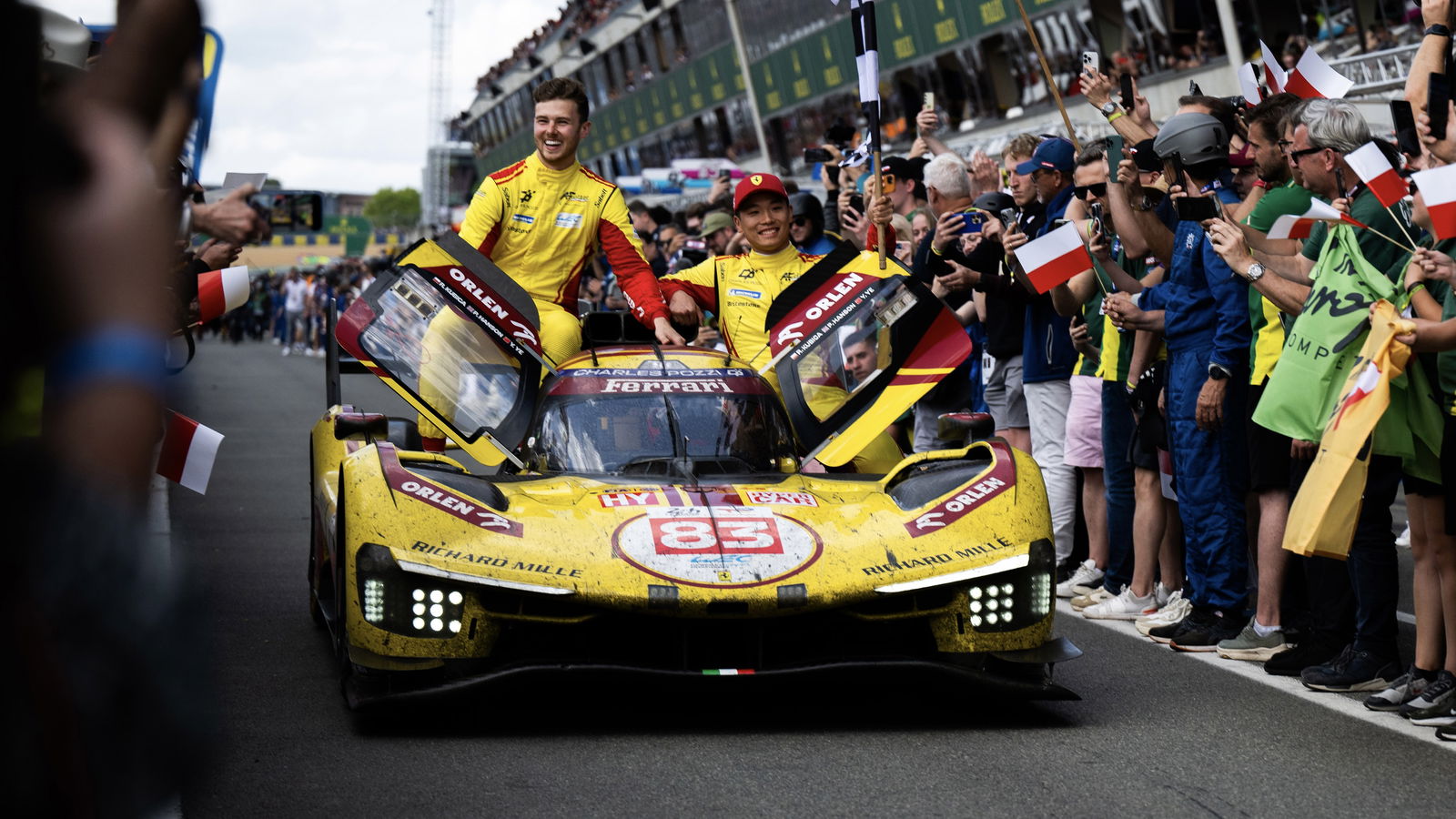
The 24 Hours of Le Mans has been and gone for another year and, yeah… 2025 probably won’t go down in history as a classic edition of the race. The multi-manufacturer fight for the win that a jumbled-up qualifying result hinted at didn’t come to pass, with Ferrari quickly proving the strongest manufacturer and winning for the third year in a row – although this time round, it was the technically-a-privateer AF Corse car rather than one of the factory ones.
Still, as always, a few interesting storylines cropped up into the race, like the #6 Porsche’s incredible drive from the back of the Hypercar class to second overall, the continuing struggles of the usually strong Toyota squad, and *that* V12 Aston Martin Valkyrie.
8
The number of different manufacturers with cars lining up in the top Hypercar class, making it one of the most stacked grids in years. They were Aston Martin, Porsche, Toyota, Cadillac, BMW, Alpine, Ferrari and Peugeot, in case you weren’t keeping track. Then again, if nobody drops out between now and 2027, that’ll rise to at least 11 with the arrival of Genesis, Ford and McLaren – potentially 12 if Lamborghini’s SC63 makes a return to Le Mans.
332,000
The estimated attendance figures across the full four days of competition, including Thursday qualifying, Friday Hyperpole and the race. It’s the latest in a series of year-on-year increases.
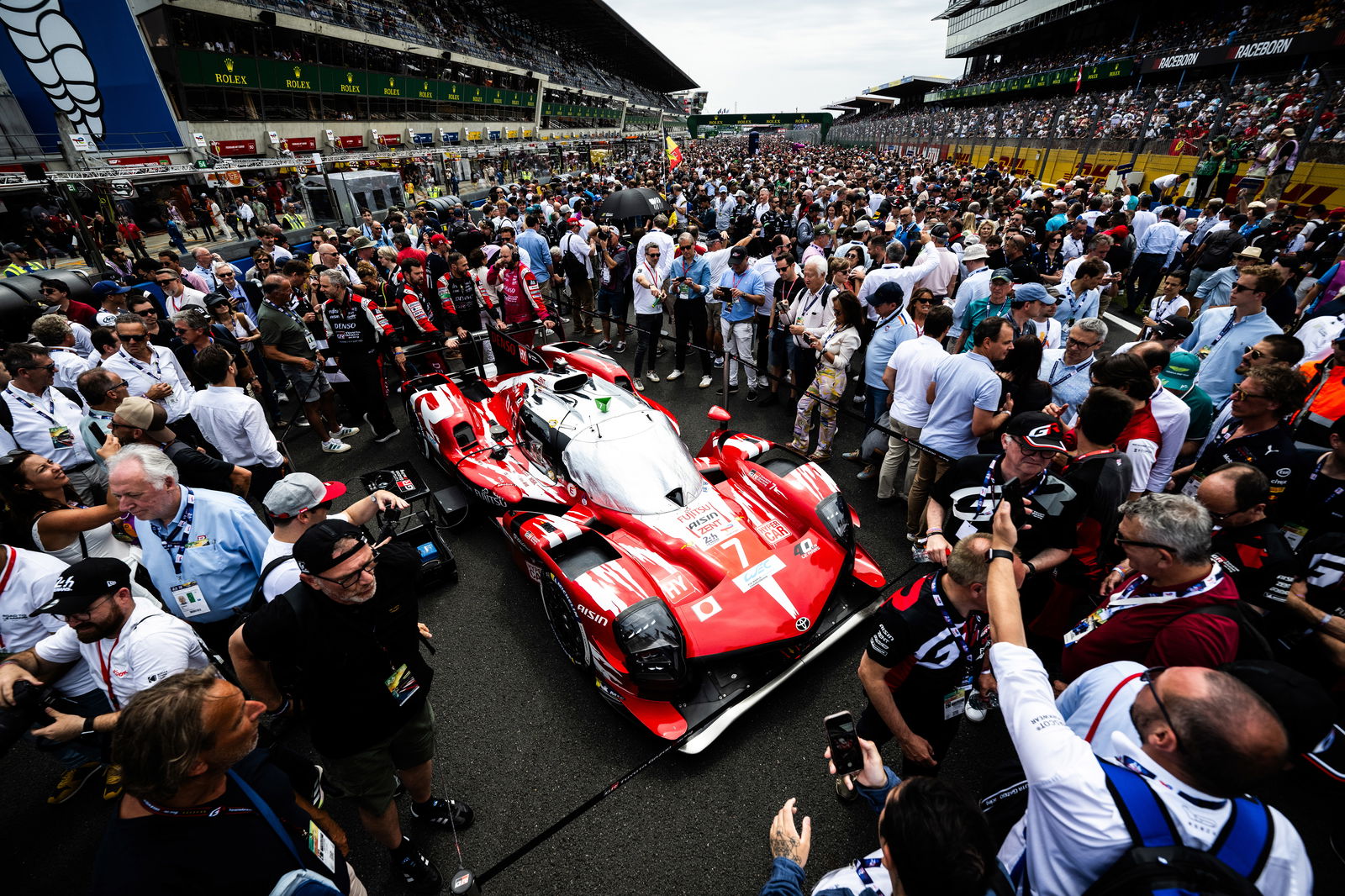
12
The number of wins now held by Ferrari as a constructor, with the privateer AF Corse car’s victory the third in a row for the Italian manufacturer. It’s now only one away from matching Audi’s 13 wins, which would make it the joint second-most victorious manufacturer. It’s still a way off Porsche’s tally of 19, mind you.
1
The number of times the safety car was deployed, following an LMP2 car crashing around the halfway mark of the race. For reference, the greatest number of deployments was 12 in 2013.
It’s also now the number of outright Le Mans wins held by drivers from Poland and China, with Robert Kubica and Yifei Yi gaining their nations’ respective debut wins in the #83 Ferrari.
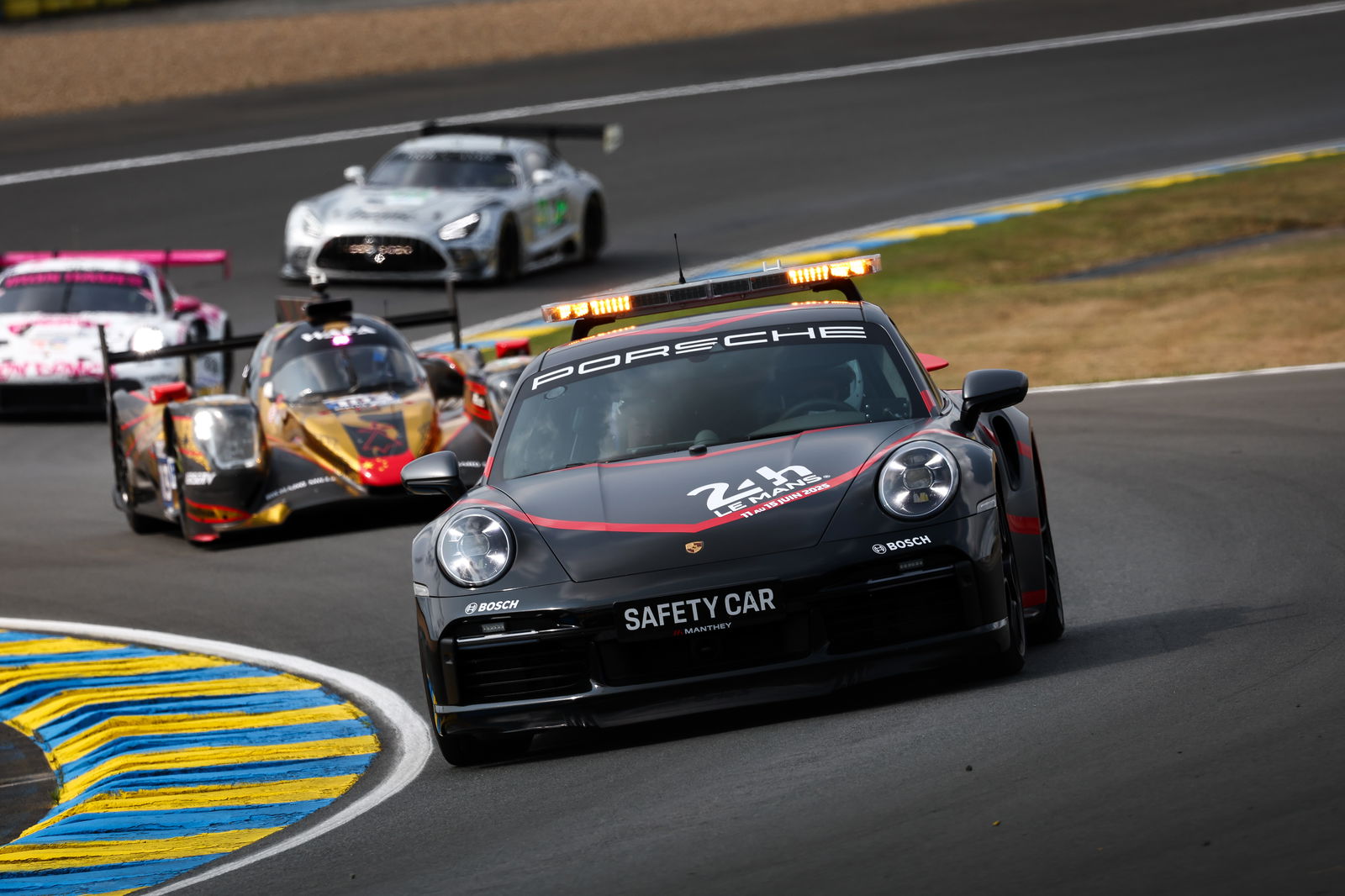
80.6
The percentage of cars to complete the full 24 hours – that’s 50 of the 62 starters, although one car, the #59 United Autosports McLaren 720S, wasn’t classified as it didn’t meet the requirement of completing 70 per cent of the race winner’s distance.
387
The number of laps completed by the winning Ferrari, as well as every car up to fifth place. That’s not far off the record distance of 397 laps, and is the most racked up during the Hypercar era.
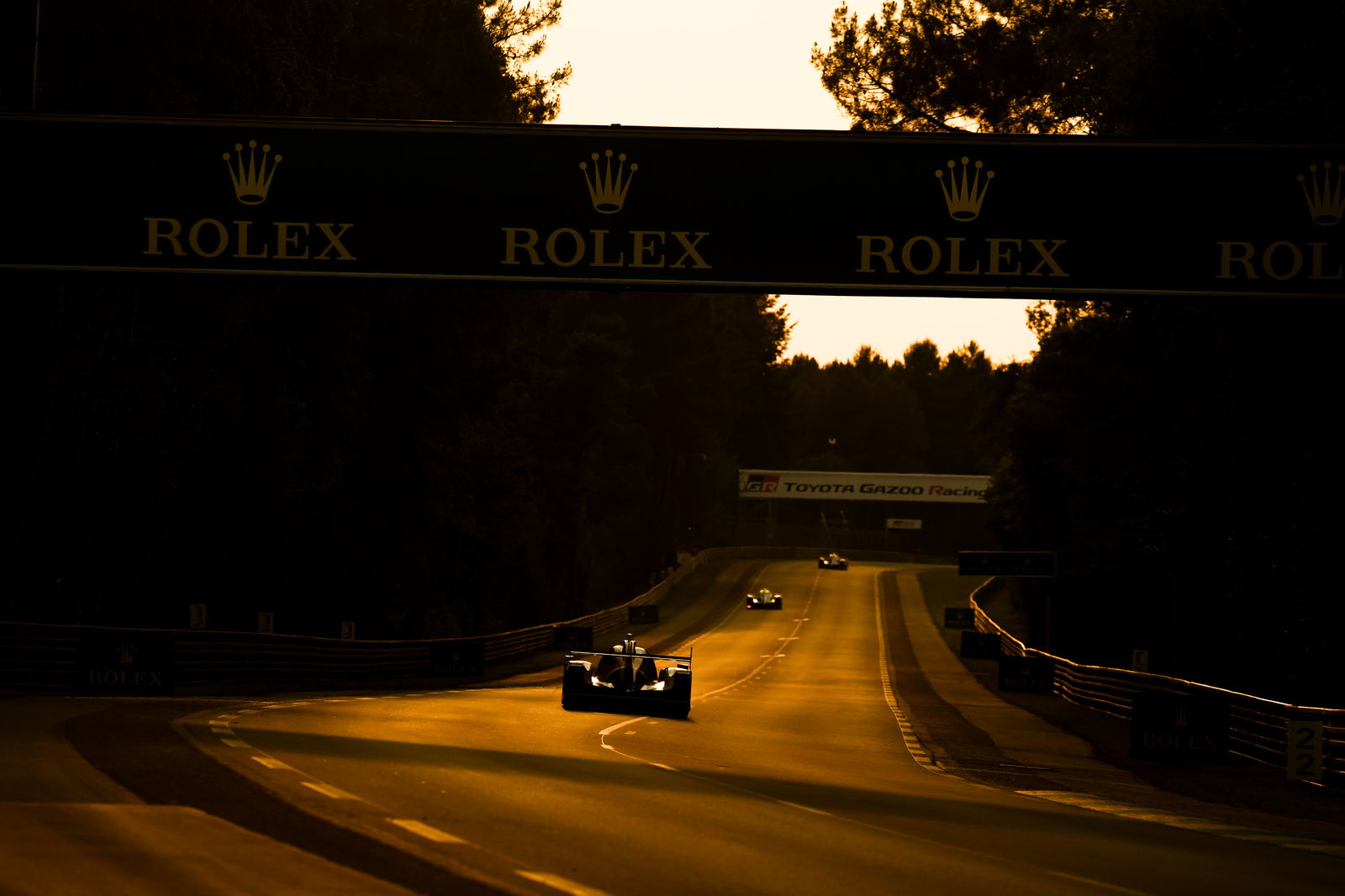
464
The total number of cylinders between all 62 cars starting the race, with engine types ranging from the 3.0-litre twin-turbo six-cylinders of the GT3 Ferrari 296s and BMW M4s to the glorious V12 Aston Martin Valkyrie.
14
Speaking of that Aston, it happily broke a drought of 14 years since a V12-powered car raced at Le Mans. There were two in 2011, a turbodiesel Peugeot 908 and a naturally-aspirated petrol V12 from Aston Martin installed in a Lola chassis.
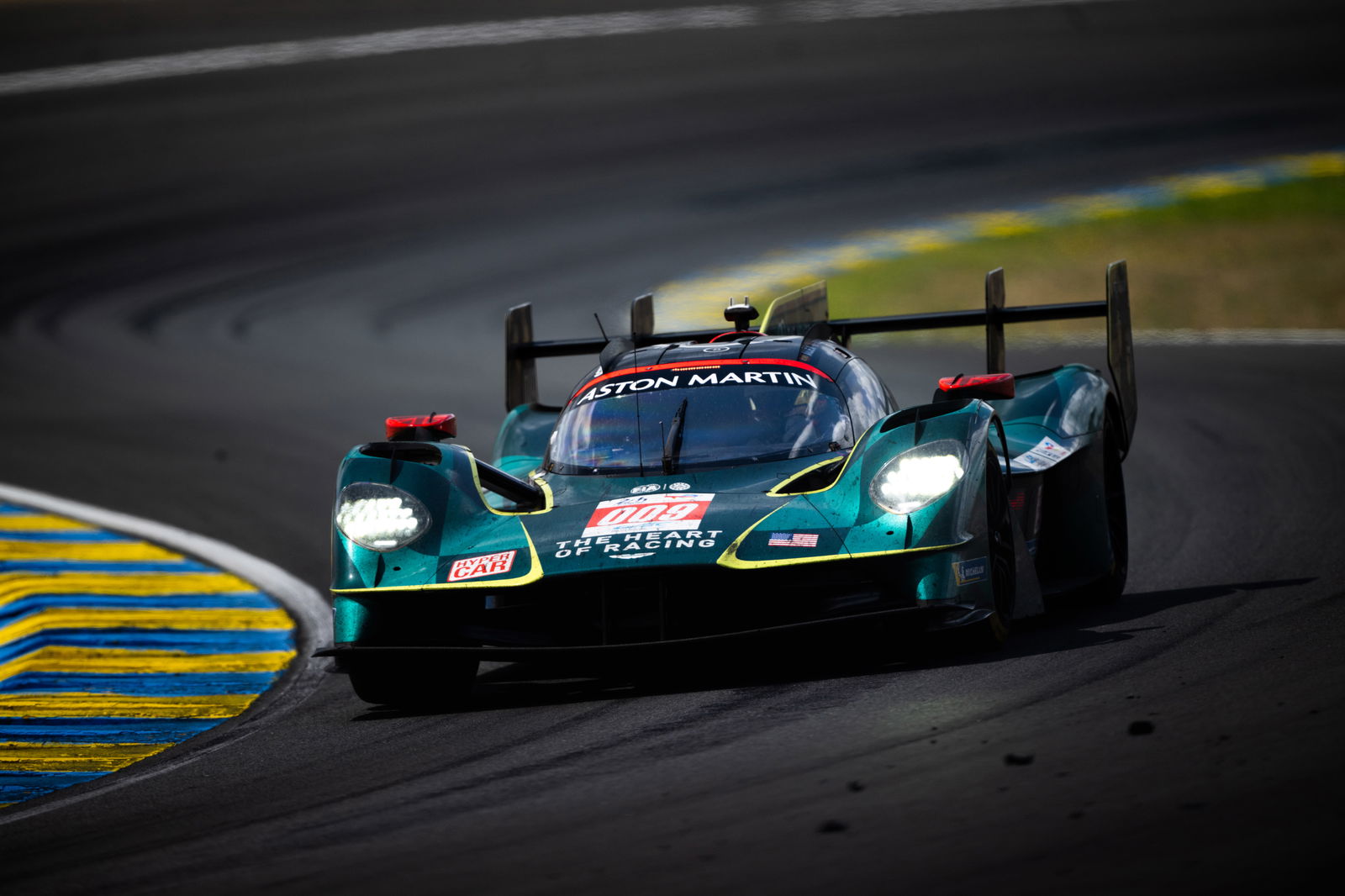
0
The number of rain-affected laps in the race, a stark contrast to 2024 when heavy rain throughout the night contributed to nearly six and a half hours being run under safety car.
1 billion
The litres of beer consumed by fans in the campsites. Okay, we may have made this one up a bit, but it’s probably not far from the truth.
.jpg?width=1600)
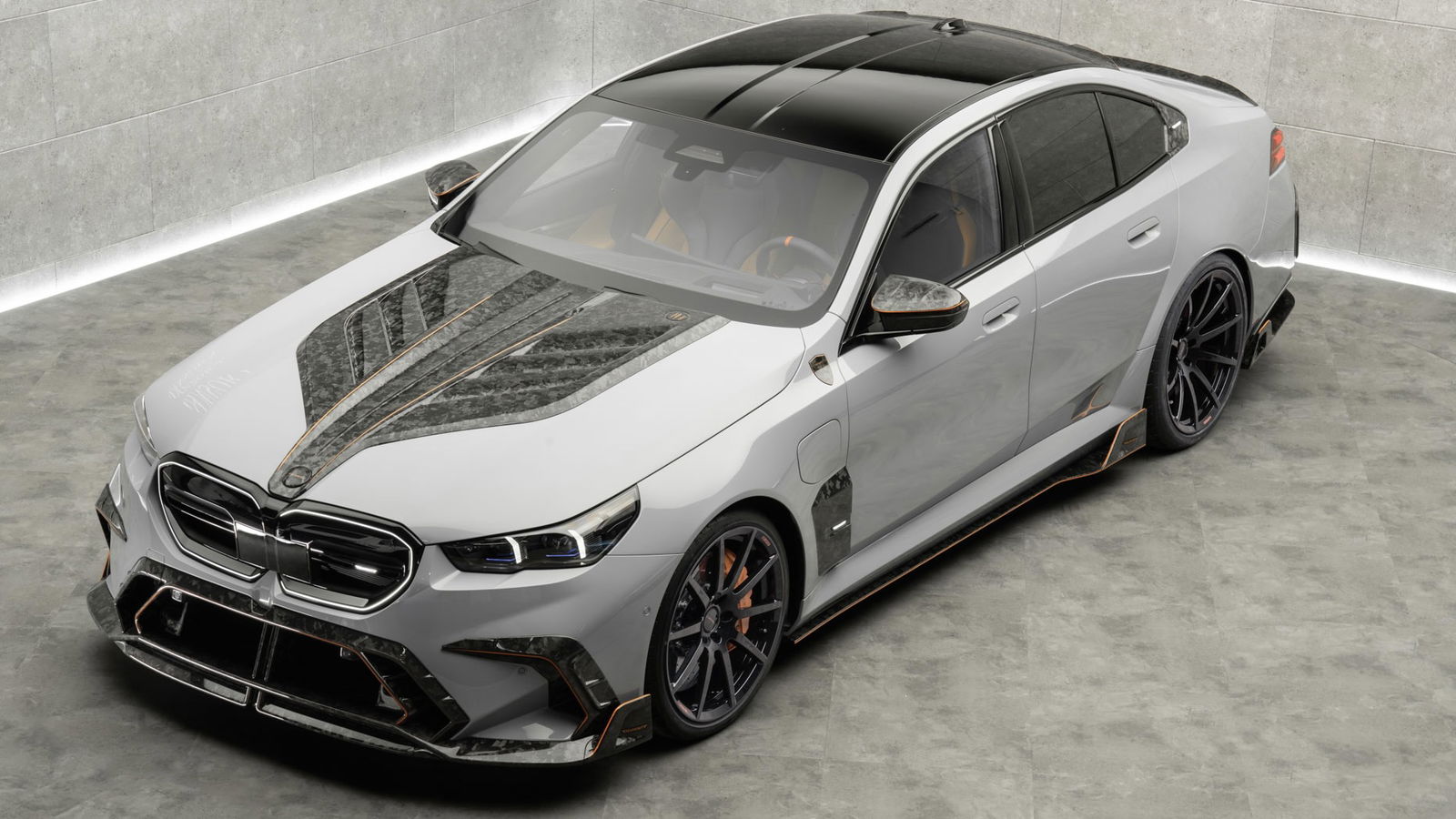

Comments